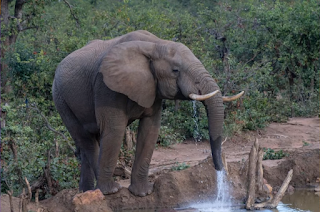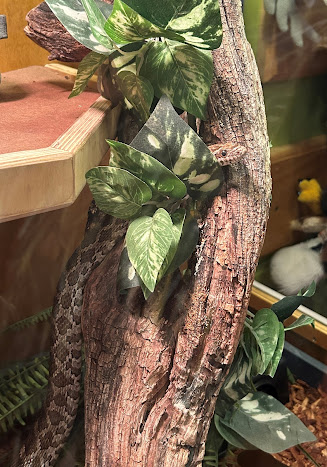Training Wild Elephants

One thing that amazes me about animal training is that the basic principles can be applied to any animal. Dog, cat, hawk, fish, porcupine, and elephants. Even wild ones. Yes, you can change the behavior of wild animals in your backyard - or in Africa. Animal trainer Ken Ramirez has been working on a conservation project in Zambia to protect a dwindling herd of elephants. The herd's annual migration path meanders through Zambia where they are protected from hunting. But part of their path crosses the border into Democratic Republic of the Congo, where poaching is rampant. Many elephants are killed in this small section of their journey. So the conservation team began to wonder if they could train the elephants to reroute their migration path to stay within the political boundaries of Zambia. Ramirez developed a training plan using the same principles that he would use to train a dog. First, they made the dangerous path more difficult by installing a tall stick barrier at a narrow s...

